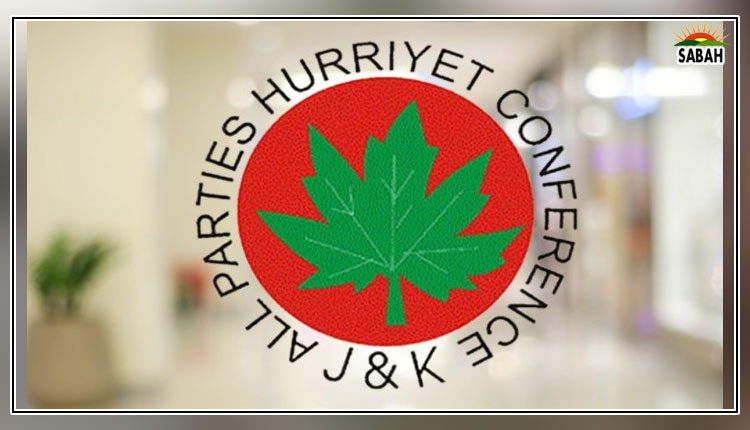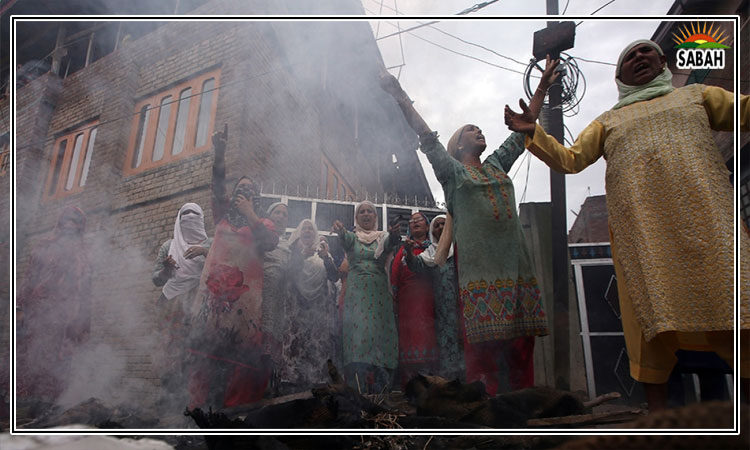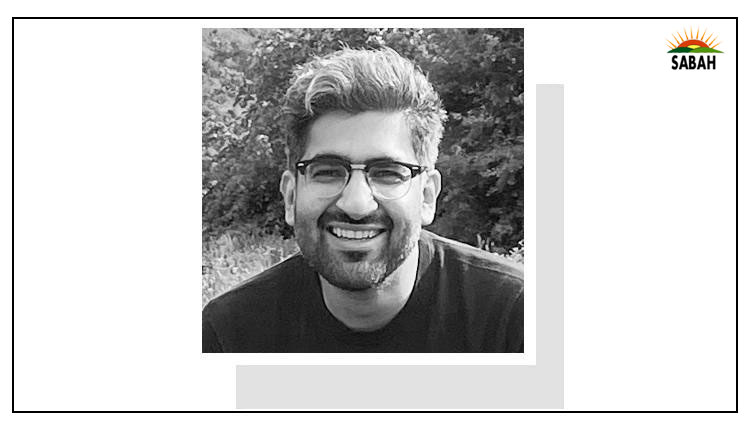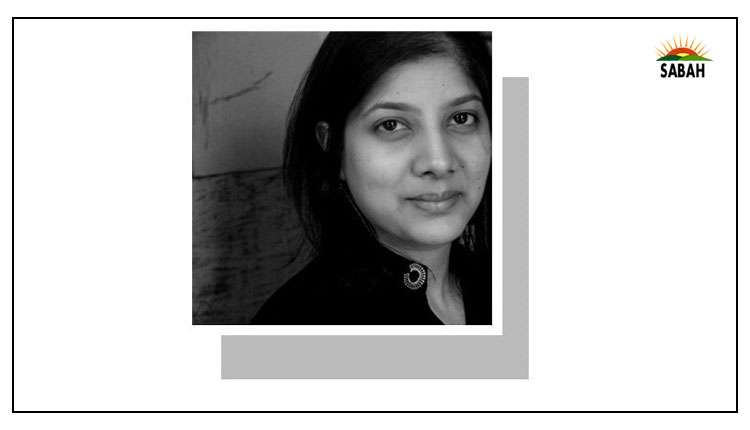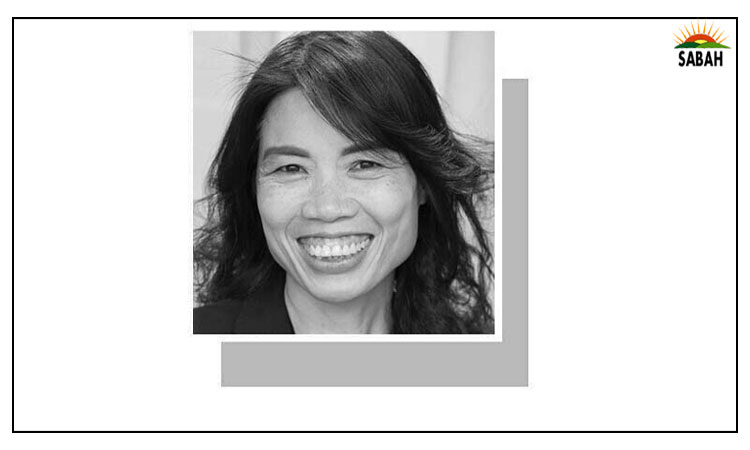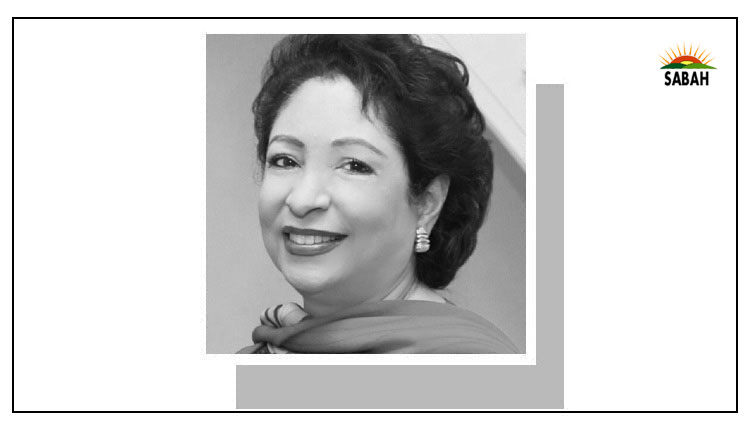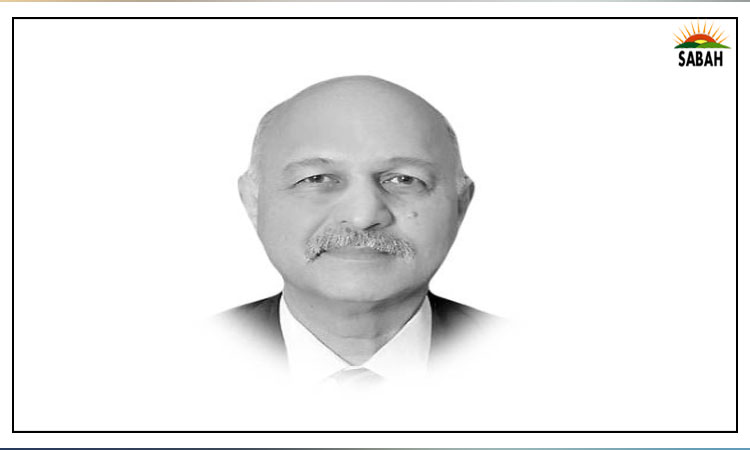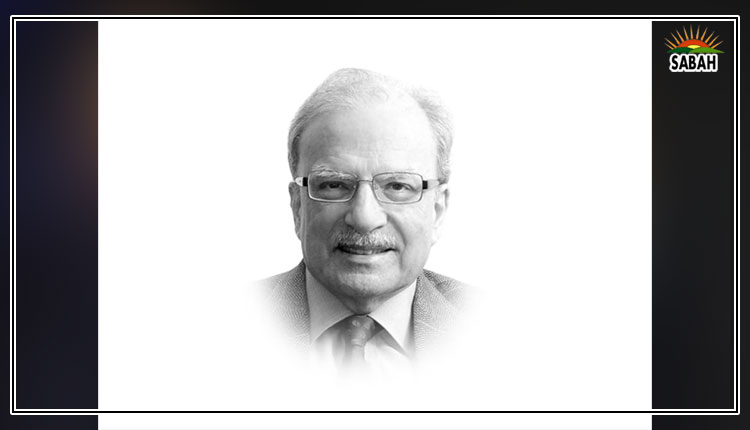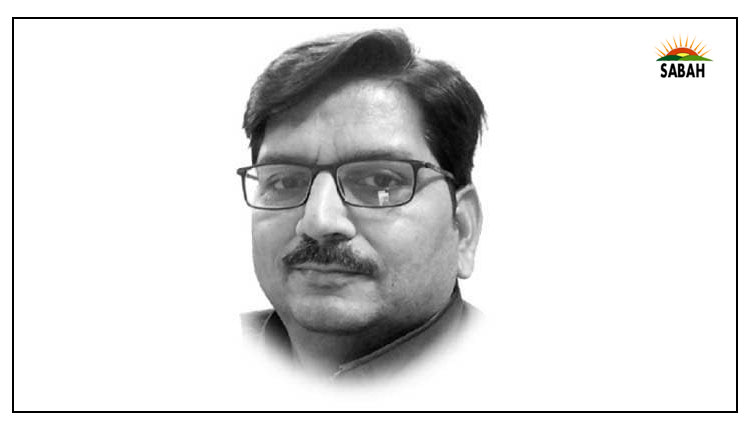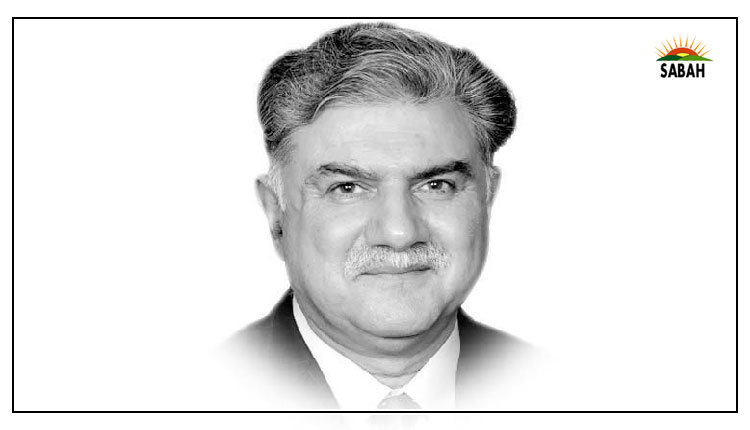Bangladesh’s student uprising and Pakistan… Inam Ul Haque
The year was perhaps 1968. En route to ancestral village, while passing through Nowshera, the city was in turmoil as the first college student in town (perhaps Nisar Shaheed) had just died in police crackdown during the ongoing student agitation against President Ayub’s rule. The mass uprising of students, workers, peasants, and later people from all professions, numbering 10 to 15 million, occurred from November 1968 to March 1969. It led to Ayub Khan’s resignation and Gen Yahya Khan’s martial law.
The protests were fermented by growing poverty, income inequality, a flawed democratic process, political oppression and rising inflation (particularly sugar price); and ‘exploded’ when Abdul Hameed, a student of the then Rawalpindi Polytechnic Institute, was killed by police, as students were protesting maltreatment at Attock customs check, while returning from Landi Kotal. The agitation killed around 239 people, 196 in East Pakistan (now Bangladesh) and 43 in West Pakistan. The sense of deprivation in EP injected more ferocity into the Movement. Paradoxically, the agitation coincided with Ayub regime’s celebration of the ‘Decades of Development – 1958-68’.
Last week, I wrote that the recent turmoil in Bangladesh was an ‘uprising that did not qualify as revolution’. Academically speaking, revolutions install their own leadership, nurtured overtime; follow a process that is not spontaneous (the spark is); the revolutionary cadre does not yield to counter revolutionaries and military per se, and that a homogenous demography makes revolutions possible. Bangladesh comprises 98% Bengali population of Indo-Aryan stock and miniscule indigenous people, making common causes possible and practical. There are around 8% Hindus in this Muslim-majority country, and 2/3rd of Bangladesh’s 170 million people is young.
However, in both cases, Pakistan in 1969 and Bangladesh in 2024, the political vacuum left by a deposed political order was/is filled by the military – directly or indirectly – as the revolting social strata has no ‘revolutionary cadre’ of its own, that can take over, like Taliban in Afghanistan who seamlessly established administration once Ghani regime left Kabul, as they had run shadow government across Afghanistan during occupation (2001-2021).
There is a vigorous debate about the possibility or otherwise of ‘sympathetic detonation’ from BD situation. We live under ubiquitous social media (SM) and its pervasive influences 24/7 in a global village. SM is unencumbered by national regulations and follows its own rules. Therefore, SM-generated ‘populism’ as a fact of modern life, ‘threatens public agitation over real or perceived causes’ against any government, anywhere, anytime. Recent rioting in England, initiated by provocative but false racial content on SM, is instructive. According to Global Protest Tracker, over 700 anti-government protests, including 147 significant protests, were reported since 2017. Some important ones in 2024 alone beingAustralia, Cyprus and Belgium (January), Czech Republic and Croatia (February), Bosnia, Colombia (March); pension protests in Taliban’s Afghanistan, and Brazil, Benin, Armenia and Argentine (April); and England, Nigerian (July). Protesters champion varying causes.
In Pakistan’s context, one has always maintained that demography does not support ‘revolution’, with society being too racially, socially, ethnically and religiously divided. And a stratified demography erects divisive barriers among potential revolutionaries. Moreover, there is no shadow revolutionary architecture to fill the vacuum of authority and provide governance, if and when, a political dispensation falls consequent to popular agitation and violence that includes student agitation. And in the absence of an alternative governance cadre, the military steps in to stem the violence from spiralling out of control and fill the void through direct rule (martial law), or by stitching up an interim set-up (BD Model) latter being more likely.
The centrality of military in power management is a default reality, well established irrespective of aspirations by political circles. In some cases, the silent majority nudges the military to take over, arrange truce or cobble together alternative administration. This truism has remained the bedrock of our contemporary political culture, emotions, preferences and leanings notwithstanding. A student uprising in Pakistan with its youth bulge must be watched for.
Bangladesh being politically more conscious has undergone as many as 29 military coups since the August 1975 military takeover that killed Bangabandhu Sheikh Mujib, and his family, sparing his daughters Hasina and Rehana being in Germany. Such revolt-inclination is attributable to BD Military being infused with 1971’s political ideology, and the residual Mukti Bahini influences, which have continued to divide the Military between pro- and anti-Awami League affiliations. Most veterans and those in the state service and beneficiaries of the ‘quota system’ support AL. Pakistan Army, by comparison, is staunchly apolitical ‘as a force’, pro-government and sensitive to public pulse. In militaries, discipline and respect for the chain of command is a strength; however, such robotic obedience can be a weakness in crises, if badly led.
During the recent upheaval one grappled with the underlying currents defining the turmoil that hit Bangabandhu and his legacy. Students toppled Mujib’s statue and removed his portraits all over, including BD Consulate in New York, and demolished the 1971 surrender monument. Although hatred against Hasina was understood given her despotic rule, oppression, job quota and the pervasive Indian influence; discomfort with Mujib’s legacy raises some questions. Bangla demography like its Pashtun and Baloch cohort is fiercely independent; and pervasive Indian influence since 1971 remains uncomfortable for majority Muslims, with sizeable sympathy for Pakistan. The coup plotters in 2011’s failed attempt argued they were nationalists wanting to prevent Bangladesh becoming an Indian puppet.
However, Muhammad Yunus, leader-designate in the interim administration, during his recent interview with an Indian channel cited backsliding of democracy as the root cause of popular discontent. Besides overemphasising re-instituting representative democracy (apparently for Western ears), he also advocated overtly friendly ties with India as an imperative for Dhaka. The causative theories doing the rounds for Hasina’s ignominious exit range from her ‘undesired’ tilt towards China and Russia; the West Plus weaning away an Indian ally to punish Modi-run India for busting Russian oil sanctions over Ukraine; and/or refusal of a military base to the US.
Putting it all together, in Pakistan-BD context, popular uprising (whatever the causation) will lead to deteriorated law and order, forcing the military’s hand as the state is strong enough to contain violence and the rioters unable to field alternative national leadership. And for foreseeable future, both nations shall live under foreign diktattill robust economic salvation, that paradoxically is also diktat dependent.
Hence, no other reading of the situation for now!
Courtesy The Express Tribune


